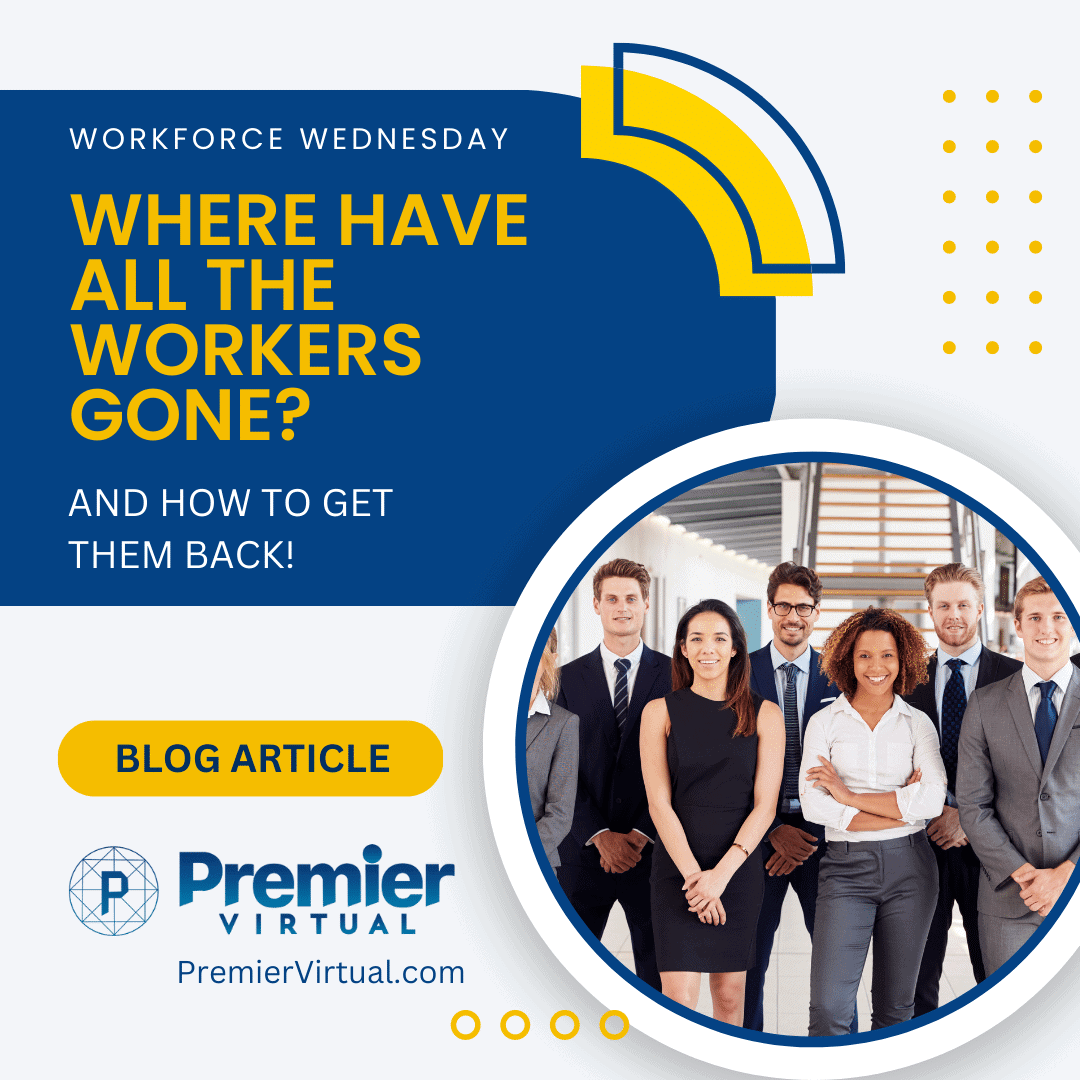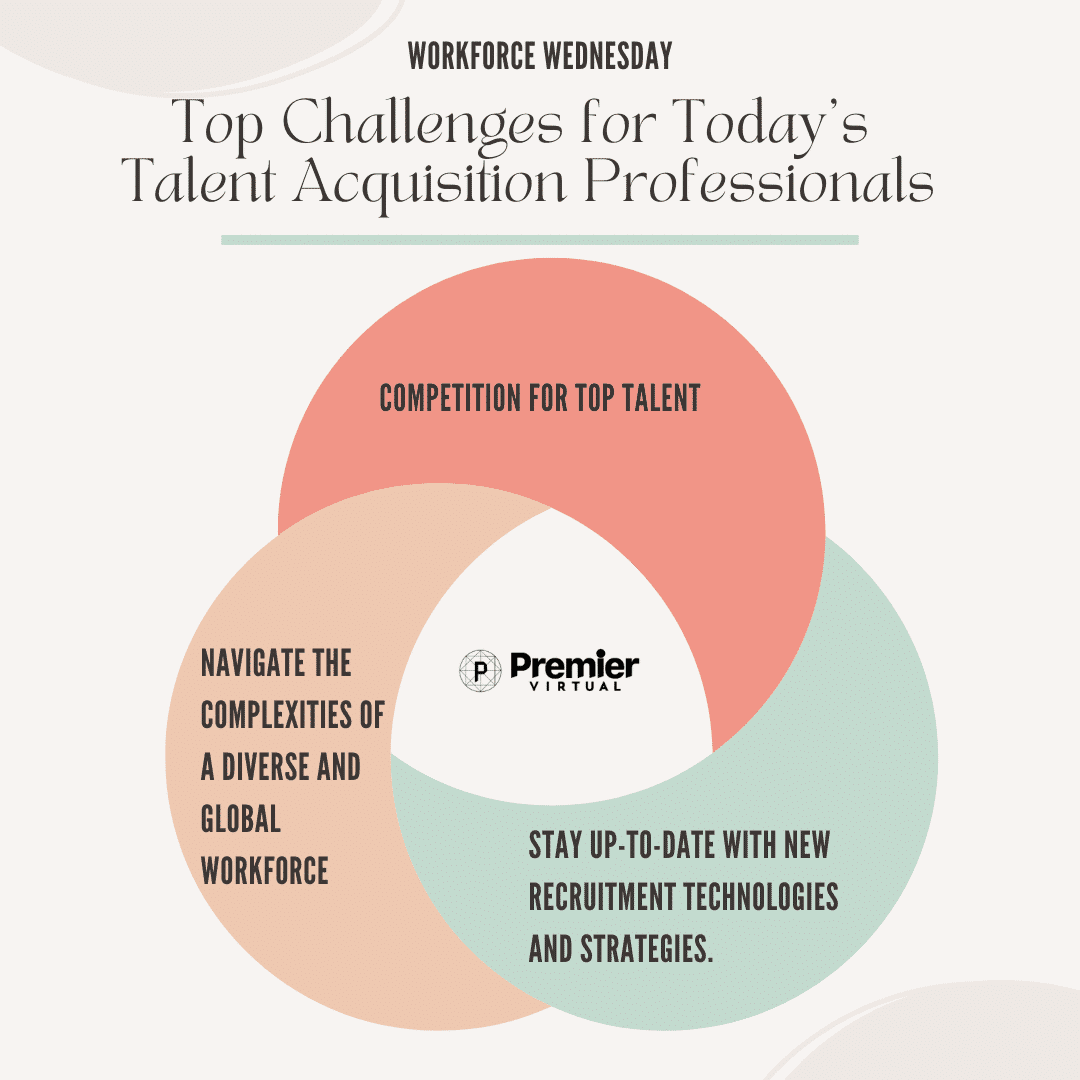Where Have all the Workers Gone?
And How to Get them Back!
There is a shortage of workers in America, there is no argument there. Across all industries, hiring has become more difficult, and retention seems to be just as, if not more difficult. This combination has built up to a tipping point in today’s workforce and it’s hard to say if either side, the employer or the employee, has an advantage.
Let’s look a the worker shortage a little closer. There are several reasons why there is a worker shortage in America. Here are some of the key factors:
- COVID-19 pandemic: The pandemic disrupted the labor market in numerous ways, with many workers either losing their jobs or choosing to leave the workforce due to health concerns or family responsibilities.
- Aging workforce: The US has an aging workforce, with many baby boomers retiring and leaving a gap in the labor force that is difficult to fill.
- Skills mismatch: The skills required by employers are evolving, and many workers may not have the necessary skills or training to meet the demand.
- Generous unemployment benefits: Some economists argue that the generous unemployment benefits provided during the pandemic have discouraged some workers from seeking new jobs.
- Immigration policy: Tighter immigration policies have reduced the number of foreign workers coming to the US to fill jobs.
These factors, along with others, have contributed to the current worker shortage in America. 🇺🇸
What industries face the biggest labor challenges?
The labor challenges faced by different industries can vary depending on a variety of factors, including the skills required, working conditions, pay and benefits, and the availability of workers. However, some industries that have been particularly impacted by the current worker shortage in the US include:
- Hospitality and tourism: The pandemic has hit the hospitality and tourism industry particularly hard, with many workers either losing their jobs or leaving the industry due to health concerns.
- Manufacturing: The manufacturing industry has been facing a shortage of skilled workers for several years, and the pandemic has only made this worse.
- Healthcare: The healthcare industry is facing a shortage of nurses, doctors, and other healthcare professionals, which is particularly concerning given the ongoing COVID-19 pandemic.
- Transportation and logistics: The transportation and logistics industry is struggling to find enough truck drivers and warehouse workers to keep up with demand.
- Construction: The construction industry has been experiencing a labor shortage for several years, and the pandemic has only exacerbated this, with many workers either leaving the industry or facing delays due to supply chain disruptions.
These are just a few examples of the industries that are currently facing labor challenges in the US.
So, what do employers need to do to find and hire the best talent in a tight labor market?
Here are some best practices for hiring during low unemployment?
When unemployment is low, it can be challenging for employers to find and attract qualified candidates. Here are some best practices for hiring during low unemployment:
- Focus on employer branding, and showcasing your positive workplace culture. In a competitive labor market, it’s important to stand out as an employer of choice. Develop a strong employer brand that highlights your company’s values, culture, and benefits.
- Embrace the latest technology. Ensuring your company or organization is leveraging the latest HR tools, like virtual hiring events, gives you the best opportunity to succeed.
- Offer competitive compensation and benefits: With low unemployment, candidates have more bargaining power when it comes to compensation and benefits. Consider offering competitive pay, comprehensive benefits, and perks like flexible scheduling or remote work options.
- Be open to alternative qualifications: With a limited pool of candidates, consider being flexible with job requirements and qualifications. Look for candidates with transferable skills or experience from related industries.
- Streamline the hiring process: A lengthy hiring process can turn off candidates, especially in a tight labor market. Streamline your hiring process by using technology like video interviews, pre-employment assessments, and applicant tracking systems.
- Tap into employee referrals: Your current employees can be a valuable source of referrals for new hires. Offer incentives for employees who refer successful candidates, and encourage your team to spread the word about job openings.
- Build relationships with potential candidates: Don’t wait until a job opening arises to start building relationships with potential candidates. Attend industry events, connect with candidates on social media, and consider partnering with local schools or training programs to develop a pipeline of talent.
By implementing these best practices, employers can increase their chances of attracting and hiring top talent in a low unemployment environment.
What trends in human resources technology are making it easy to find and hire the best talent?
Human resources technology has evolved significantly in recent years, and there are many tools and platforms that can make it easier to find and hire the best talent. Here are some of the trends in HR technology that are making the hiring process more efficient and effective:
- Artificial intelligence (AI) and machine learning: AI and machine learning can be used to analyze job descriptions and resumes, identify top candidates, and even conduct initial screening interviews.
- Virtual Hiring Events and Job Fairs grew in popularity during the pandemic, and their results show they are here to stay. Platform like Premier Virtual’s offer all the latest tools and resources bundled into one, easy to use, mobile friendly platform. Leveraging this technology helps you meet your applicants where they are most comfortable, attracting more applicants, and making better hires.
- Applicant tracking systems (ATS): ATS software streamlines the hiring process by allowing employers to manage job postings, resumes, and applicant communication all in one place.
- Video interviewing: Video interviews can save time and money by allowing employers to conduct initial screening interviews remotely, and they can also provide a more personal touch than phone interviews.
- Mobile recruiting: Many job seekers use their mobile devices to search for jobs and apply online, so mobile-friendly job applications and recruiting platforms are becoming increasingly important.
- Social media recruiting: Social media platforms like LinkedIn and Twitter can be valuable tools for finding and connecting with potential candidates, and some companies are even using social media advertising to promote job openings.
- Employee referral programs: Referral programs have long been a popular way to find top talent, and technology can make it easier to manage and incentivize employee referrals.
These are just a few examples of the trends in HR technology that are making it easier to find and hire the best talent. By leveraging these tools and platforms, employers can streamline their hiring process and attract top candidates more effectively.
Leveraging these tools will not create new job seekers, but it will give your company or organization the best opportunity to get in front of the most qualified applicants, and make the difference between a quality hire in less time, and a desperate hiring decision that drags on, and costs more money in lost productivity.


